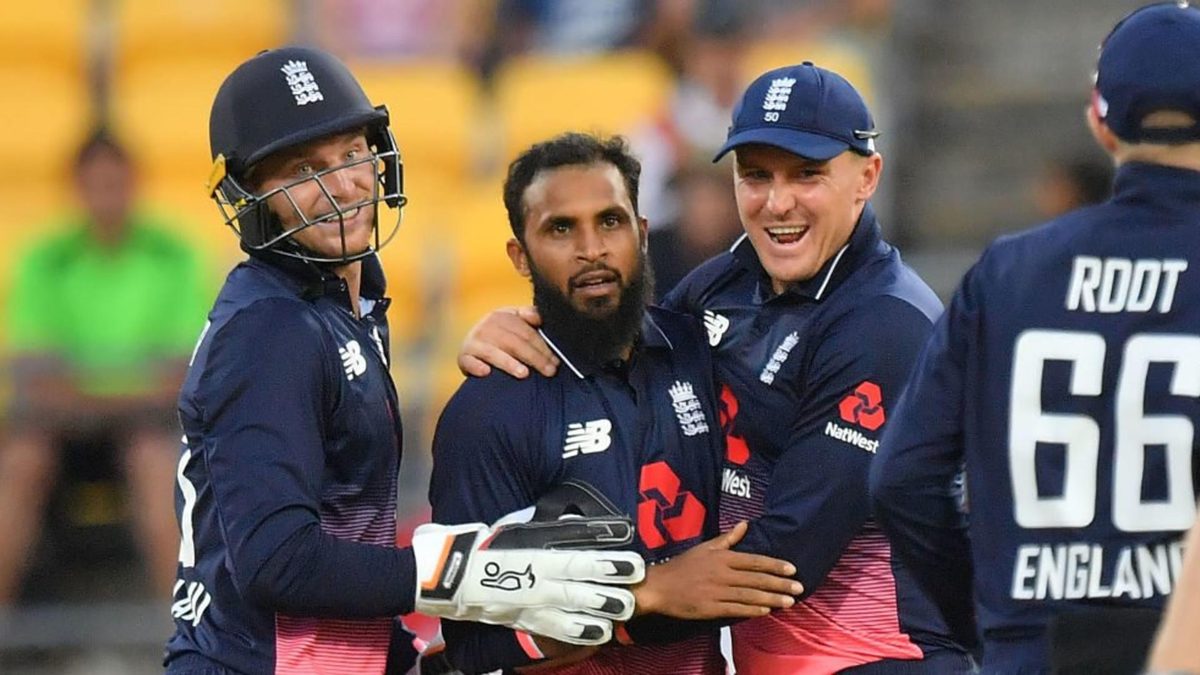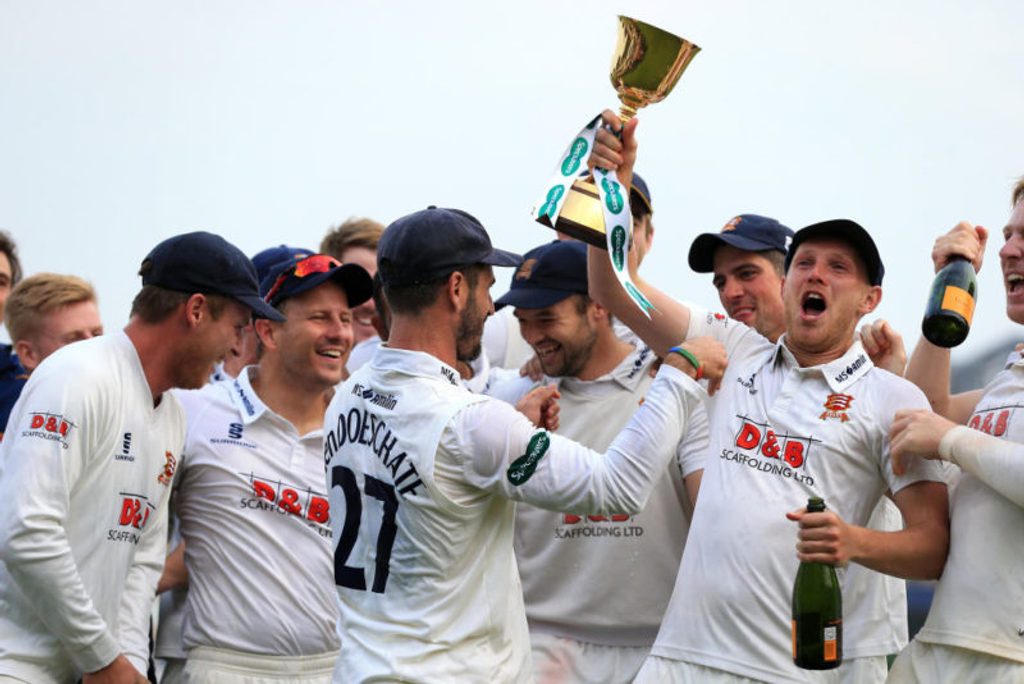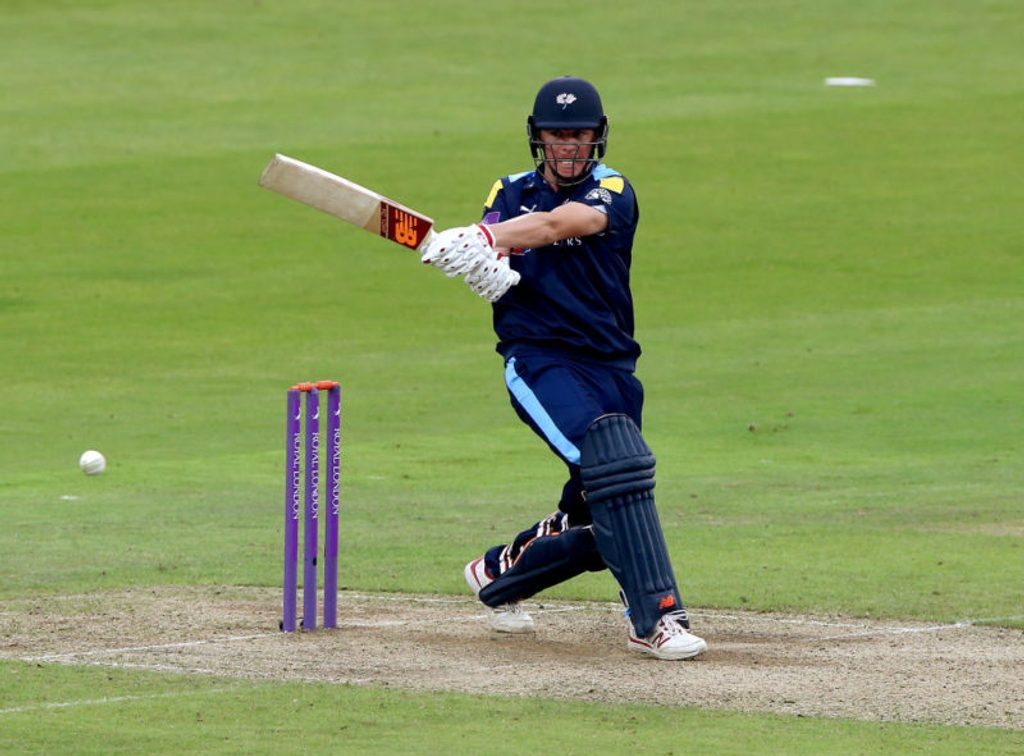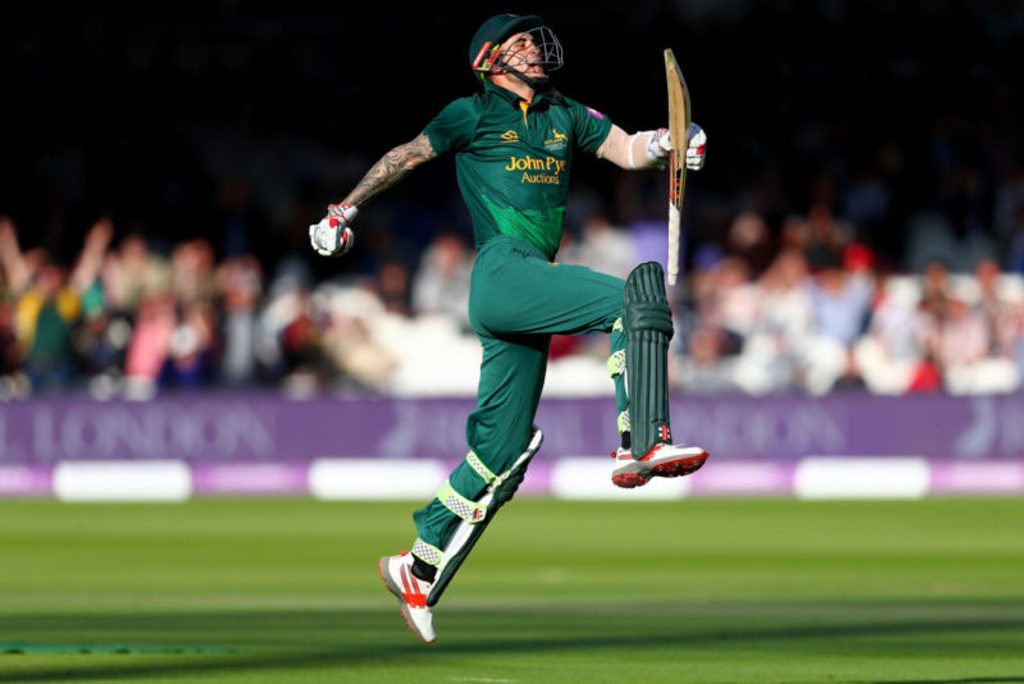
White-ball contracts are a natural result of a creeping specialisation in county squads. But can county cricket really sustain ever increasing squad sizes? And if not, what can be done?
When Adil Rashid announced his decision to focus solely on white-ball cricket, Yorkshire’s Director of Cricket Martyn Moxon expressed his belief that counties need players who can represent them across all three formats.
“You get the odd specialist, but county set-ups can’t accommodate specialists at this moment in time,” he said – a touch confusingly, given that he was responding to news of his county doing precisely that.
Moxon says that Rashid has “the ability to play in all three formats of the game,” yet Rashid himself clearly feels he would benefit from more time to practise. Reflecting on his reduced commitments in the coming season, he said: “I’ll use as much of the time I have to work on my white-ball cricket and I’ll just see where that takes me and what lies ahead.”
 Essex won the County Championship in 2017, but can they compete across three formats with one squad?
Essex won the County Championship in 2017, but can they compete across three formats with one squad?
Let’s take a quick look at why Rashid feels the need to carve out extra net time for himself.
In 2018, even if they fail to qualify for the knockout phase of both white-ball competitions, Yorkshire will play 14 T20 matches, eight 50-over matches and 14 County Championship matches. Throw in a three-day friendly against Leeds Bradford MCCU and that’s 81 days of cricket. Plus travelling time.
Let’s imagine some cruel scenario where teams move directly from one fixture to the next without any shuttle runs home between consecutive away fixtures.
I’m going to allocate a day for each trip. I know that’s not how long these journeys will take, but the average journey in rush hour feels like it does, so it seems fair to me. Those 37 days are all but a write-off. Add them to the 81 days of cricket and we now have 118 days accounted for.
A generous soul, I’m also going to give the players one day off a week. Yorkshire’s fixtures run from April 7 to September 27, which is 173 days and therefore 25 days off.
That leaves us with 30 days for physio, rest, fitness training, skills work and gathering together as a team to watch videos and formulate masterplans ahead of each fixture.
It’s beyond tough for players to turn out in all three formats and the obvious solution to this quandary has been squad rotation
In other words, 30 days to split between recovery and preparation for 37 matches. You recover in the morning and then prepare in the afternoon, I guess.
It’s beyond tough for players to turn out regularly and effectively in all three formats and the obvious solution to this quandary has been squad rotation.
As T20 cricket has come to be taken more seriously, the way in which rotation has typically manifested itself has been through a kind of enforced specialisation where players turn out regularly in one format, yet simultaneously find themselves “unable to break into” the T20/one-day/Championship side.
 Gary Ballance played just one T20 match for Yorkshire in 2017
Gary Ballance played just one T20 match for Yorkshire in 2017
Moxon may want triple-format players, but a quick glance at who plays what is enough to tell us that the balance for any given player is rarely anywhere near even.
In 2017, Gary Ballance played 12 Championship matches and nine one-day matches, but turned out for just one T20 match (and didn’t bat). Andy Hodd also played 12 Championship matches but didn’t play a single match involving a white ball.
At the opposite end of the spectrum, David Willey and Liam Plunkett played just two Championship matches each.
Rashid, for the record, played seven times in the County Championship, five times in the one-day cup and 12 times in the T20 Blast. He also played 13 one-day internationals and a T20 international over the course of the 2017 summer. (Consider as a quick aside here that cricket is not necessarily a sport where you get an enormous volume of in-game practice – there’s only ever one guy bowling and one guy facing, after all.)
Earmarking members of your playing staff for particular formats makes sense. If a player needs to miss a certain proportion of matches, having him sit out one particular format means he gets some rest and can also focus all of his attention and practice time on the palette of skills specific to the format he will actually be playing.
 Alex Hales joined Adil Rashid in quitting red-ball cricket
Alex Hales joined Adil Rashid in quitting red-ball cricket
The unwanted consequence of this has however come to the fore since the recent decisions of Rashid, Alex Hales and (albeit for slightly different reasons) Reece Topley. Simply by dint of there being three formats, a missed game will often mean a long-term step towards one format and away from another.
It’s worth asking at this point whether this makes cricket ideal for squad rotation or spectacularly unsuited to it. You might think the former, but how many big names can cricket – and domestic cricket in particular – realistically sustain? Is cricket a big enough sport that it can spread its stars all the way from 20 overs to five days?
Football’s Premier League has largely become a squad game with the top teams managing the demands of midweek European commitments and weekend league fixtures via ever-larger pools of players.
However, tens of thousands turn out for every league match and widespread… actually, let’s be honest – borderline invasive media coverage means that even relatively minor squad players are generally pretty well known.
It’s a similar story in baseball, where they play a jaw-dropping 162 matches a season and each team boasts a correspondingly large roster of players. Again, the game can clearly sustain squads of this size with over 30,000 tickets sold per match on average during the 2017 season.
County cricket is simply not played on the same scale. Quite apart from the impossibility of running a large playing staff purely off the back of ticket sales, there’s also the not insubstantial challenge of trying to increase the profile of the sport. When well-known names from one format fail to turn out in another, it really doesn’t help win people over.
This is such a trite observation that it’s barely worth making, but would it not perhaps be preferable to run a greatly reduced fixture list that would allow the best players to turn out for pretty much every game in every format?








